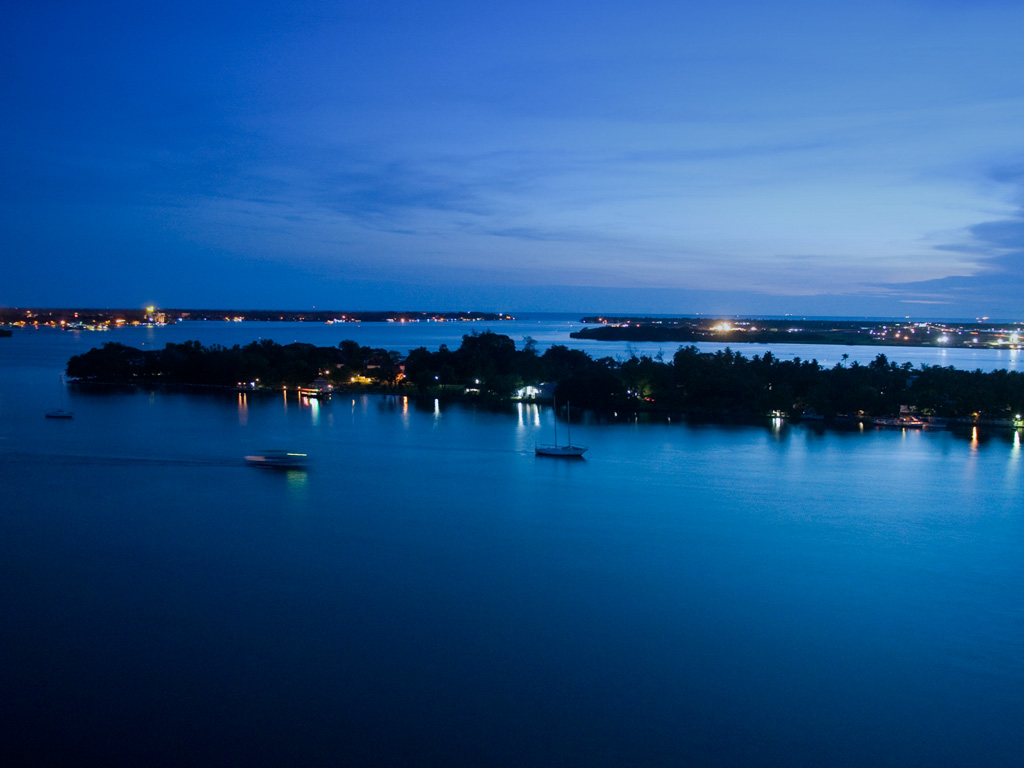Various Invasions - An overview
In 1500, when the Portuguese came to Kochi, they were welcomed by the then ruler Unni Rama Koyil I. He befriended the Portuguese in the hope that they would give him a helping hand in his fight against the Zamorins. Gradually, the Portuguese acquired an upper hand not only in trading matters, but also in the administrative activities of the kingdom. They also introduced Roman Catholic beliefs and wanted to do away with the Syrian-Malabar Christian tradition of Kochi. To achieve this end, at times, they resorted to coercive means of conversion.
In the 16th century, the Jews moved to Sanda Cochin from Kodungallur. Kochi also gave shelter to various ethnic groups from North India in the same century.
In 1662, the Dutch invaded Kochi. Their powerful interventions with the ruling of the kingdom continued till the second half of the 18th century. During the 1770s, the Travancore Rajas came into prominence and the kingdom of Kochi had to enter into a treaty with them.
The Dutch influence was undermined once more when Kochi was invaded by Hyder Ali, the Mysore king and his son Tipu Sultan. With the death of Tipu Sultan in 1799, Kochi came under the control of the British.
It was under the British rule that the Cochin Port and Willington Island were constructed. Excepting a few, the kings of Kochi were mere figureheads while the administration was carried out by the British till India’s independence in 1947.


 Emergence of the Kingdom of Cochin
Emergence of the Kingdom of Cochin